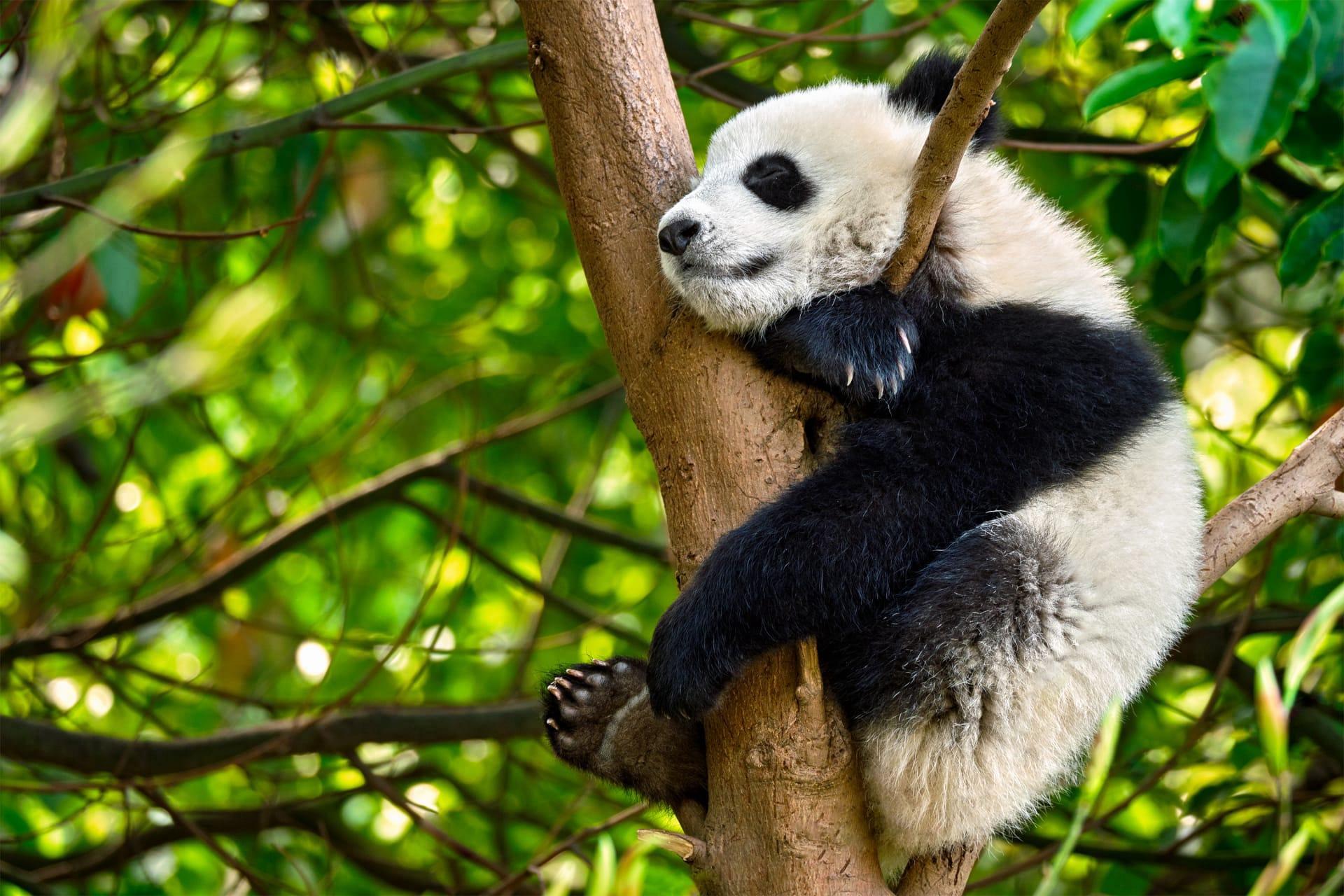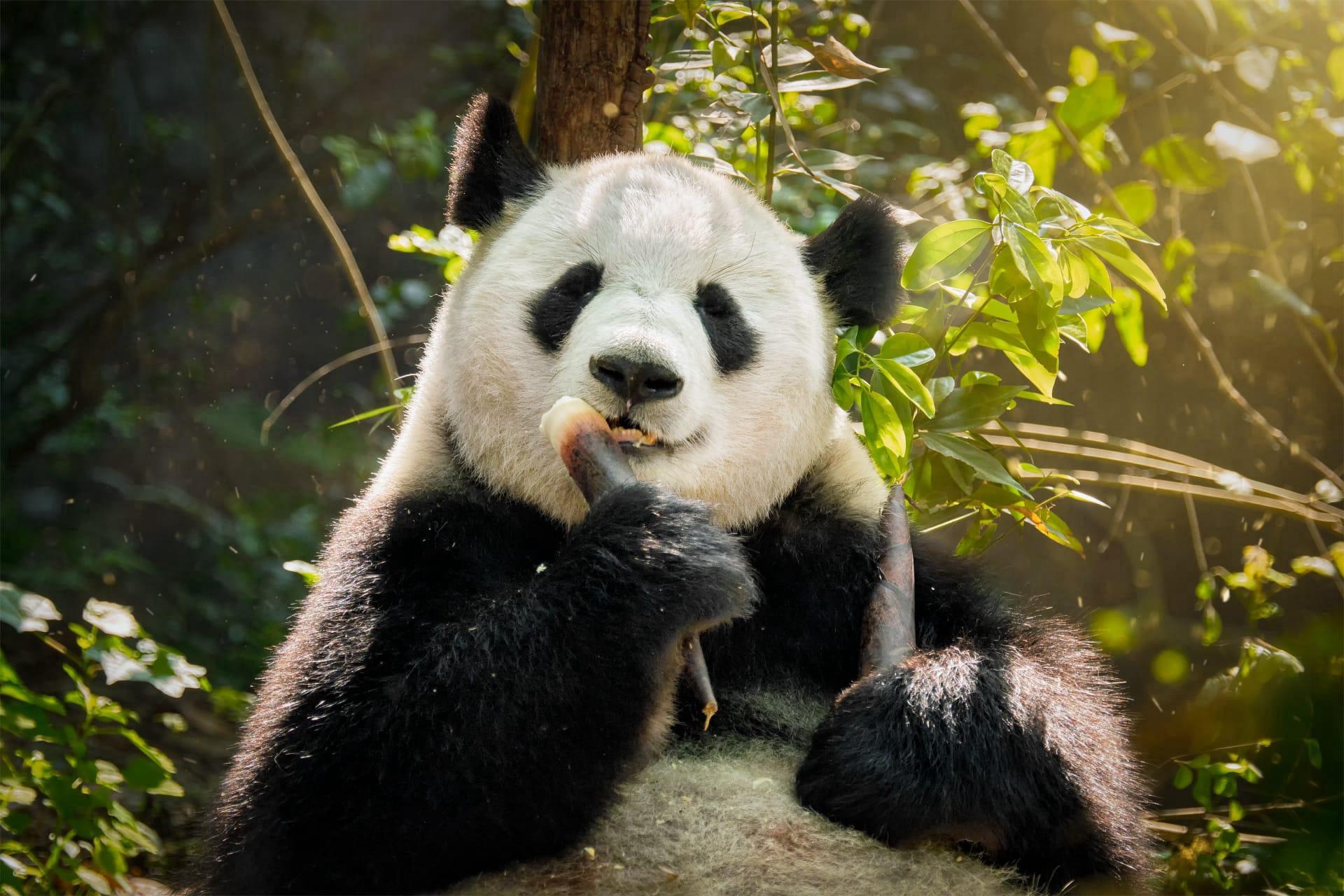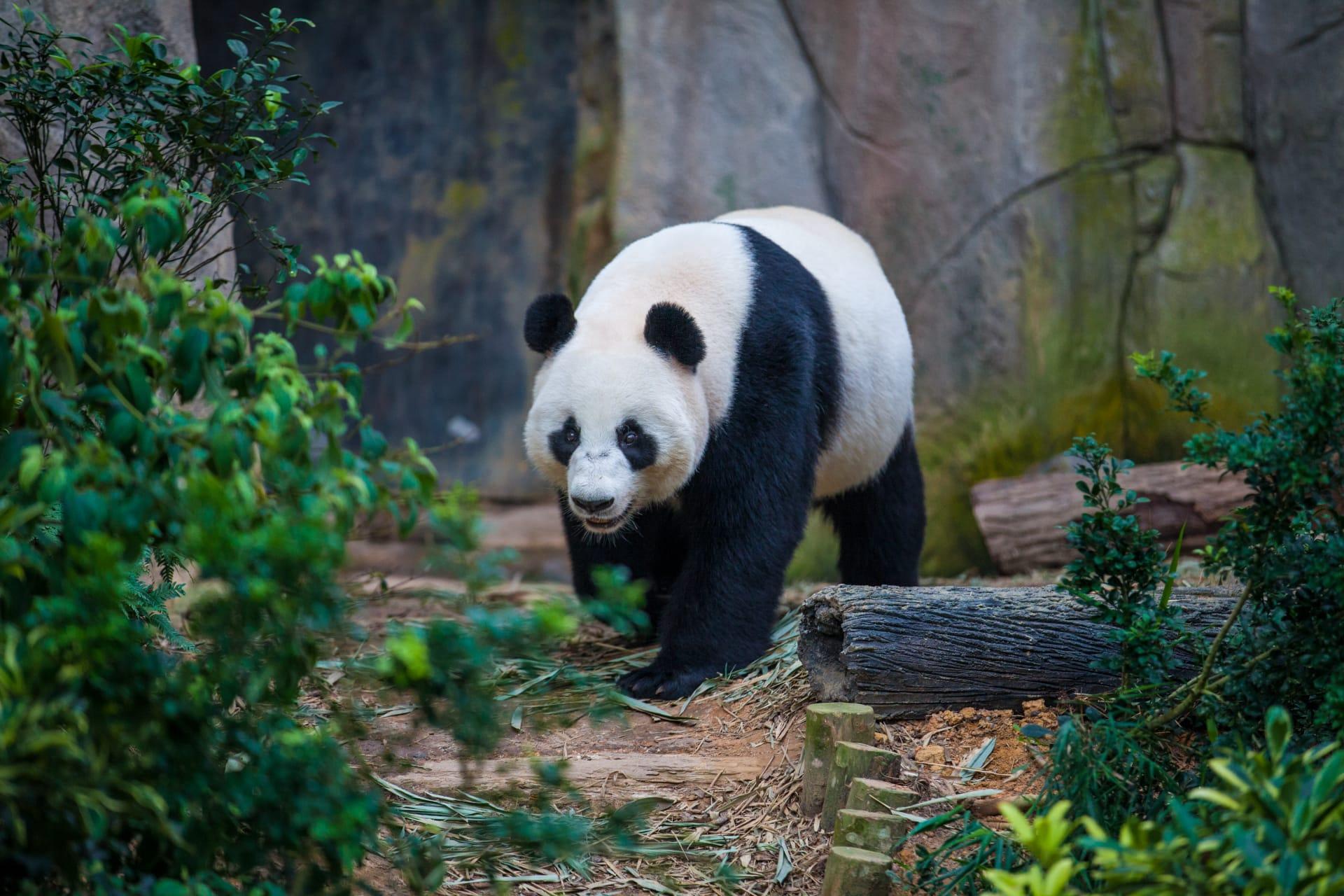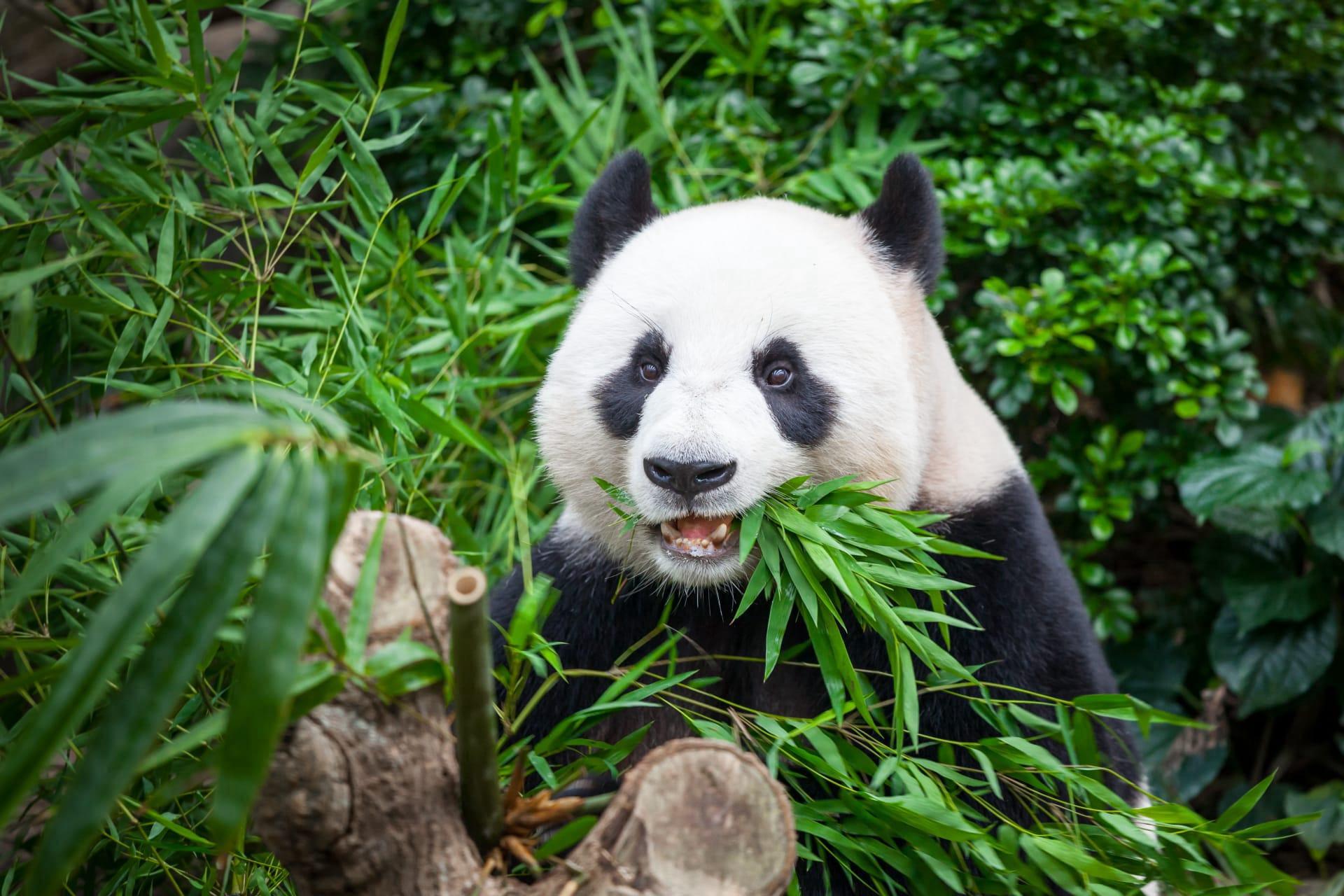1
Pandas are incredibly adept tree climbers. Despite their bulky appearance, pandas can climb trees proficiently, starting from as young as six months old. This skill helps them escape predators and also to find comfortable resting spots. Interestingly, adult pandas, weighing between 220 to 330 pounds (100 to 150 kilograms), are often seen lounging comfortably on branches as thin as four inches (10 centimeters) in diameter. This remarkable ability is due to their strong muscular limbs and unique wrist bone that functions almost like a thumb, providing a firmer grip.
Another fascinating aspect of pandas is their diet, which is almost exclusively bamboo. An adult panda consumes about 26 to 84 pounds (12 to 38 kilograms) of bamboo daily, which makes up to 99% of their diet. This is unusual because pandas are technically carnivores with a digestive system more suited for meat. However, they evolved to primarily eat bamboo due to their habitat. To compensate for the low nutritional value of bamboo, pandas have to eat for approximately 10 to 16 hours a day, which is a significant portion of their daily life.

2
Pandas have a unique way of communicating with each other: scent marking. They have a highly developed sense of smell and use this to avoid direct contact with other pandas. They mark their territory with scent to communicate things like their age, sex, reproductive status, and even their mood. This is done by rubbing their scent glands, located just below their tail, against trees and rocks. This scent marking plays a crucial role during mating season, helping pandas find each other without the need for direct visual or physical contact.
Despite their peaceful and solitary nature, pandas have a very distinct sound vocabulary. They can make at least 11 different sounds to communicate. The most surprising is the "bleat" sound, similar to the sound of a lamb or goat. This bleat is often heard during friendly encounters. When feeling threatened, pandas can emit a bark-like sound. During the mating season, male pandas can also be heard "honking," a sound associated with their efforts to attract a mate.

3
The giant panda's distinctive black-and-white coat serves more than just aesthetic purposes; it's believed to be a matter of camouflage and communication. The black-and-white coloring provides camouflage in their snowy and rocky habitat. The dark patches around their eyes could help them recognize each other, as each panda has a unique pattern, much like human fingerprints. This distinctive appearance is crucial in their social interactions, especially since pandas are generally solitary animals.
Another interesting fact is that pandas can swim. They are not only adept climbers but also capable swimmers. While not commonly known for their swimming abilities, they can cross rivers and even swim to escape predators or to explore new territories. This skill is particularly useful in the wild, where water bodies are a common part of their habitat.

4
Pandas have a unique adaptation in their wrist, an enlarged wrist bone that functions like a thumb, called a "pseudo-thumb." This adaptation allows them to grasp bamboo stalks with greater dexterity, facilitating their bamboo-heavy diet. The pseudo-thumb is actually a modified sesamoid bone, which is an extraordinary example of evolutionary adaptation to their specific dietary needs.
While pandas are often perceived as slow and lazy, this is a misconception. They are quite playful, especially young cubs. Cubs often engage in wrestling, rolling, and play-fighting, which is crucial for their physical development and social skills. Adult pandas also show playful behavior, such as sliding down hills or playing with objects they find in their environment. This playfulness is an essential part of their behavioral repertoire and indicates good health and well-being.

5
Pandas have a slow reproductive rate, which is one of the factors contributing to their endangered status. Female pandas ovulate only once a year and have a fertility window of just 24 to 72 hours. This makes timing crucial for successful breeding. In addition, baby pandas are born extremely small and vulnerable; a newborn panda cub weighs only about 3.5 ounces (100 grams), which is approximately 1/900th the size of its mother, making them one of the smallest mammal newborns relative to their mother's size.
The lifespan of a giant panda in the wild is roughly 20 years, but in captivity, they can live beyond 30 years. This increase in lifespan is attributed to regular veterinary care, a controlled diet, and the absence of predators and other natural threats. The oldest recorded panda, a female named Ming Ming, lived to be 34 years old. This extended lifespan in captivity has been instrumental in conservation efforts, allowing for more extensive study and breeding programs to help increase the panda population.